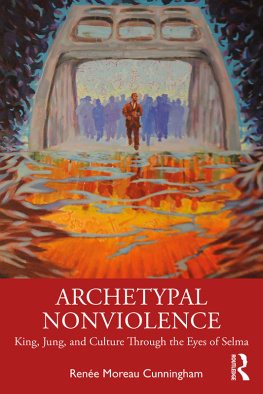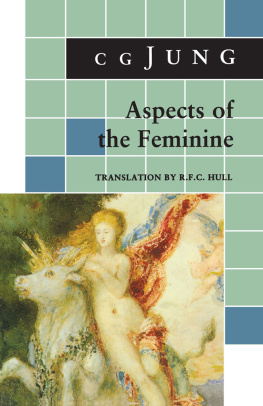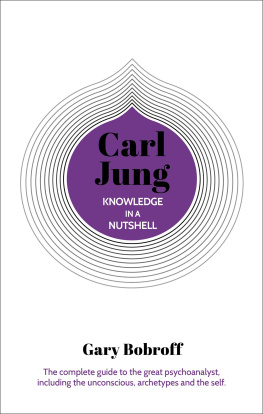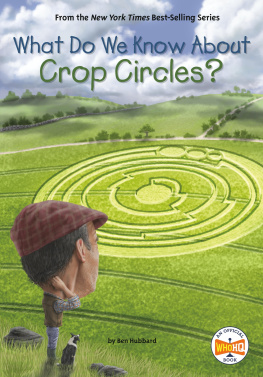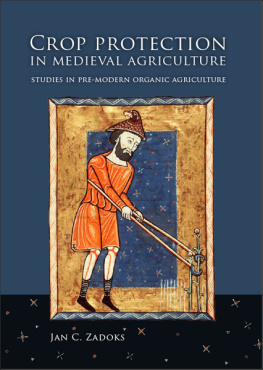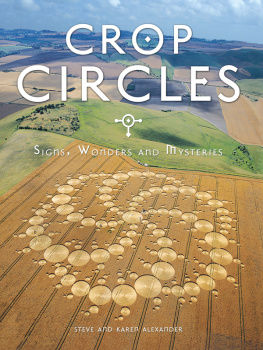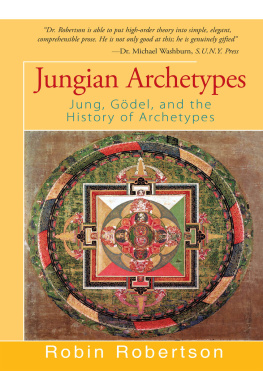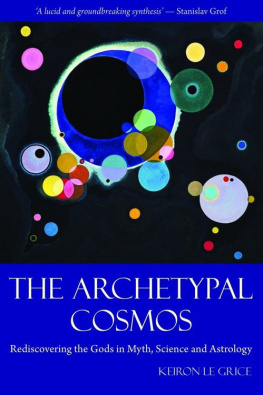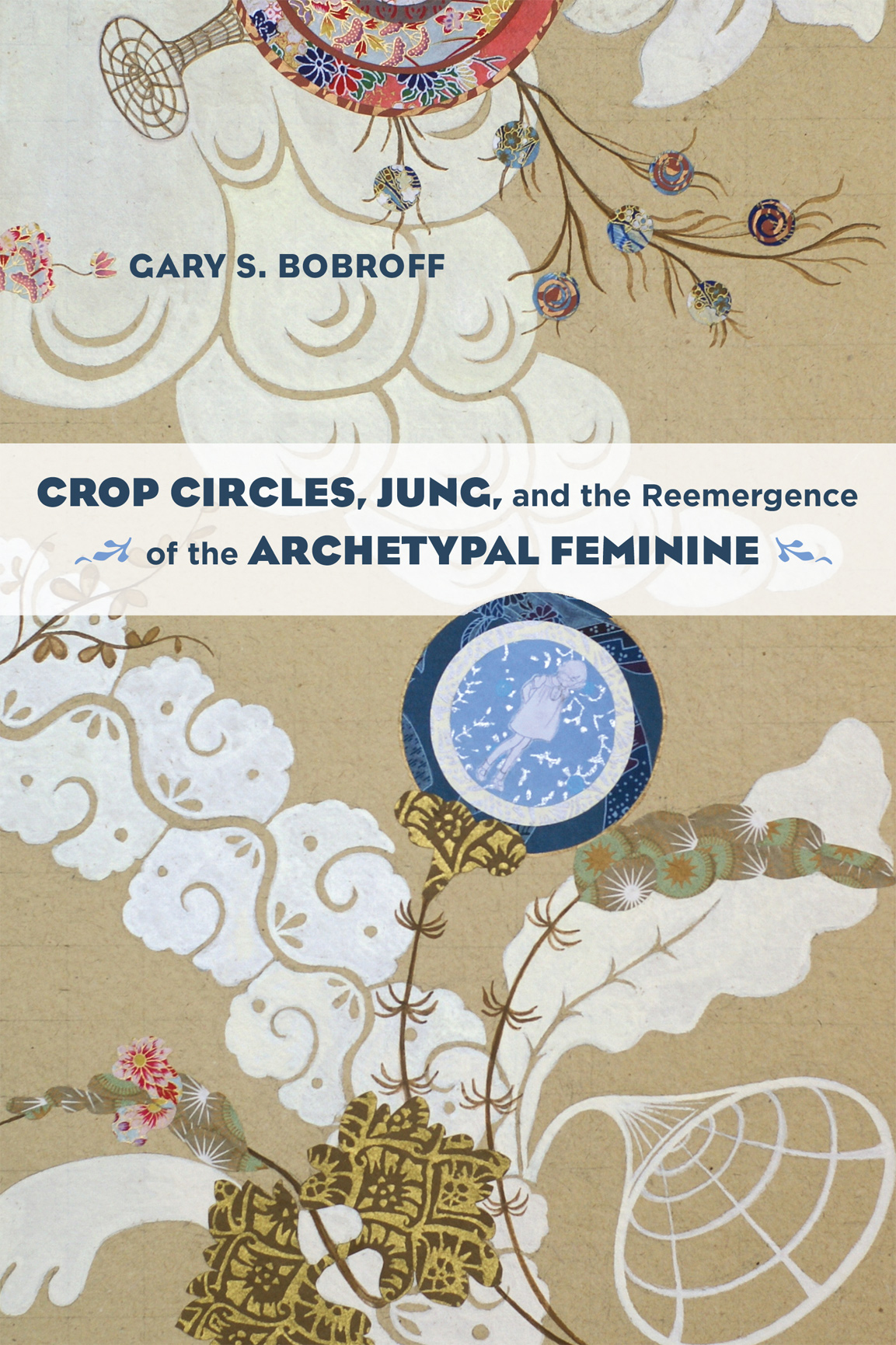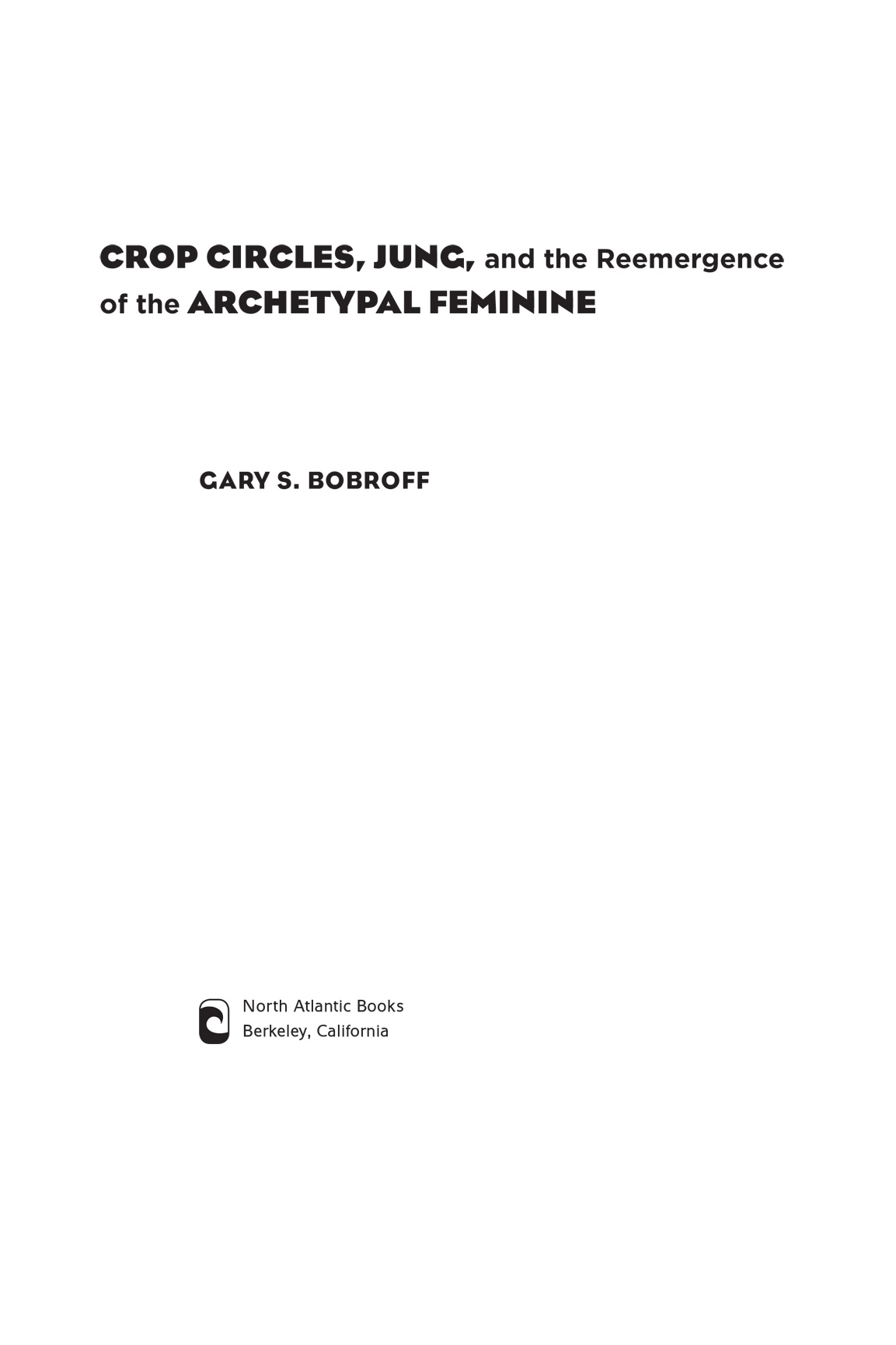eISBN: 978-1-58394-736-4
Trade Paperback ISBN: 978-1-58394-735-7
Copyright 2014 by Gary S. Bobroff. All rights reserved. No portion of this book, except for brief review, may be reproduced, stored in a retrieval system, or transmitted in any form or by any meanselectronic, mechanical, photocopying, recording, or otherwisewithout the written permission of the publisher. For information contact North Atlantic Books.
Published by
North Atlantic Books
P.O. Box 12327
Berkeley, California 94712
Cover art 2010 by Regina Allen (www.ReginaAllen.com)
Paintings by Irene Champernowne appear courtesy of Julian David
Cover and book design by Claudia Smelser
Crop Circles, Jung, and the Reemergence of the Archetypal Feminine is sponsored by the Society for the Study of Native Arts and Sciences, a nonprofit educational corporation whose goals are to develop an educational and cross-cultural perspective linking various scientific, social, and artistic fields; to nurture a holistic view of arts, sciences, humanities, and healing; and to publish and distribute literature on the relationship of mind, body, and nature.
North Atlantic Books publications are available through most bookstores. For further information, visit our website at www.northatlanticbooks.com or call 800-733-3000.
The Library of Congress has cataloged the printed edition as follows:
Bobroff, Gary S., 1971
Crop circles, Jung, and the reemergence of the archetypal feminine / Gary
S. Bobroff, M.A.
pages cm
Includes bibliographical references.
Summary: Gary S. Bobroffs book Crop Circles, Jung and the Reemergence of the Archetypal Feminine offers an enthralling exploration of a real-life phenomenoncrop circlesas an expression of the divine feminineProvided by publisher.
ISBN 9781-583947357
1. Crop circles. 2. Jungian psychology. 3. Symbolism (Psychology) I. Title. AG243.B535 2014
133.93dc23
v3.1
FOR KATE
FOREWORD
I first met Gary Bobroff about two years ago at a conference in North Carolina. I was immediately struck by his easy charm, the depth and authority of his reading and intellect, and the unpretentious way he spoke of mysteries he had, quite obviously, experienced. I thought to myself, This is a rare and gifted man who will be one of the authentic teachers of his generation.
Gary is a stunning writergraceful, eloquent, subtleand the skill with which he weaves together his fascination with Crop Circles, the return of the Divine Feminine in our time, and Jungian psychology in what is a kind of spiritual mystery exhilarates me, and confirmed my experience of him as a person. This is a work of high originality, one whose tone and structure incarnates Garys knowledge of the cosmos and our role in it as an open-ended, endlessly unfolding, seductive display of the Mothers wisdom, passion, and love. There is no other book quite like it, and its publication announces the arrival of a remarkably accomplished and fresh new voice who demands to be heard.
There are two things I especially love about this book. The first is the way that Gary dances in, out, and around his central themes, so magically that the reader is enchanted into the book, only to discover that he or she, along with the author, is on a voyage of profound discovery. The second is that both in the sinuous and suggestive way he explores and opens up his material and in the glowing depths of the work itself, this book is a celebration and manifestation of the Divine Feminine. The return of the Divine Feminine, in both miraculous and subtle ways, is the single most important aspect of our time: only though Her, and with Her wisdom and grace, can we possibly hope to restore our devastated world. What I find sacred about Garys style and intellect is that they are both dedicated to the Mother. He brings his masculine brilliance, clarity, and robustness of intellect and lays them at Her feet in a prolonged and gorgeous act of devotion. As a man who has attempted to do the same over decades of work, I salute him and learn from him.
This is an original masterpiece of a book. Savor it richly, slowly, and gratefully, and many interlinked secrets will be revealed to you, and in you.
Andrew Harvey
PREFACE
Sparked by their curiosity, thousands of people have contributed to the study of Crop Circles around the world. Individuals throughout the United Kingdom, Europe, Canada, Australia, Japan, the United States, and elsewhere have given their time freely to the documentation of this phenomenon. They have measured, marked, photographed, and taken the samples that constitute an abundant archive of data from which we may now seek to draw our own conclusions. As a researcher, I have been delighted to discover the wealth of materials on the physical science and mythological context of the Crop Circle phenomenon that they have collected. This book is consequently built upon the product of their efforts.
This work is an attempt to sketch a framework for deeper consideration of the question of Crop Circles. If you are looking for an answer or a solution to this phenomenons riddle, best look elsewhere. At best, I hope to offer a directiona route by which to begin tracking something very elusive (that seemingly wants us to follow it). For those who have engaged with this mystery for some time, it is a source of deepening wonder and it is to that experience that you are invited.
From sixteenth-century England to 1970s Saskatchewan, Canada, through to its explosion in frequency in the last thirty years, some of those who have encountered Crop Circles have followed their curiosity and chosen to study it; honoring their own inner sense of wonder, they have become engaged with this new discovery.
A particularly dedicated group of Crop Circle enthusiasts have produced a number of outstanding publications and online resources on the subject. Their efforts have made my attempt to understand this phenomenon possible. It should be mentioned that, with only the rarest exceptions, even those who have produced the most brilliant and popular of these works have given more to the study of this subject than they are ever likely to recover financially. Nonetheless, they persist in their efforts of their own free will. I would like to recommend your use of their media as an additional support for your own investigation of Crop Circles. A selection of recommended choices follows at the end of this book.
This book has been written to be accessible to the general reader. It is meant to serve as an introduction to both Crop Circles and Jungian psychology, and no familiarity with the concepts or jargon of either subject is assumed. I strongly believe that the significance of this phenomenon is available to all of us, and that engagement with it should not be reserved for experts, academics, or only those with the financial resources to travel abroad. I believe that the meaning of the arrival of Crop Circles in our time is as within reach or hard to grasp for the intellectual as it is for the farmer in whose fields these formations arrive. Its arrival challenges us all equally and its mystery is open to us all. However, this subject does introduce readers to ideas that may be new to them. It brings up wide categories of thought and poses broad questionsquestions that stretch the imagination and our preconceptions. Answering these questions necessitates a labor on the part of the reader, but the argument made here is intended to appeal to common sense.


